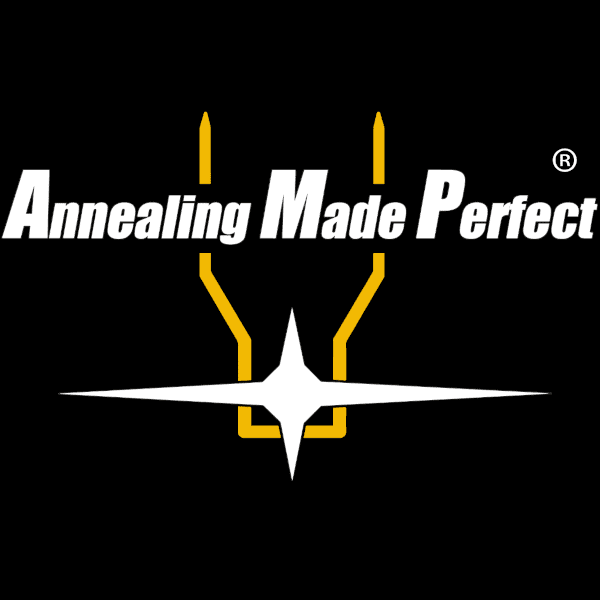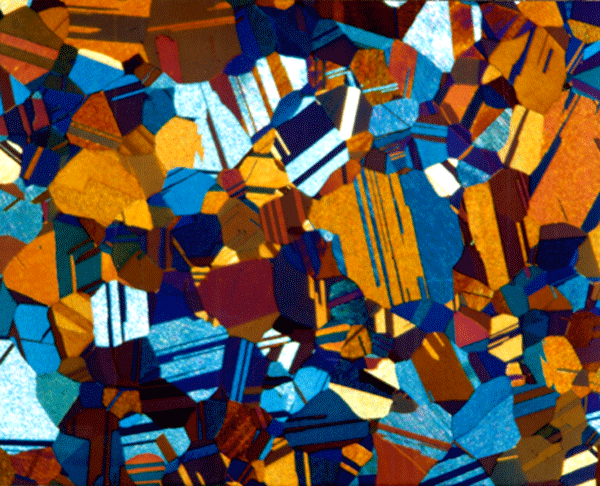Wonder why if high temps for brief periods of time are inconsequential or ineffective, why then historic caution to keep the brass below the shoulder from ever going above 450 F?
Curious also that since brass is an alloy made of roughly Copper (70%) and Zinc (30%), are the effects of raising a brass case's temperature above Zinc's melt temp of 420°C (787°F) the reason for the traditional 750 F max neck temperature?
Interestingly the outer core of a candle's flame (light blue) is roughly1400 °C, and the inner red portion is around 1070 K (800 °C). Both are more than hot enough to anneal according to a old school method of using a candle to anneal. It's done while holding the case in your fingers above the head while rotating it until it is to hot to hold and dropping it on a wet towel and wiping the carbon black off. Slow and unscientific yet anecdotal evidence says it works, and gives consistent results which is my purpose for annealing. Brass life is a bonus.
I don't use a candle, I use a Gen 2 Burstfire with a grill propane tank and a regulator. It check it with a laser temperature gun and Tempilaq 750.


